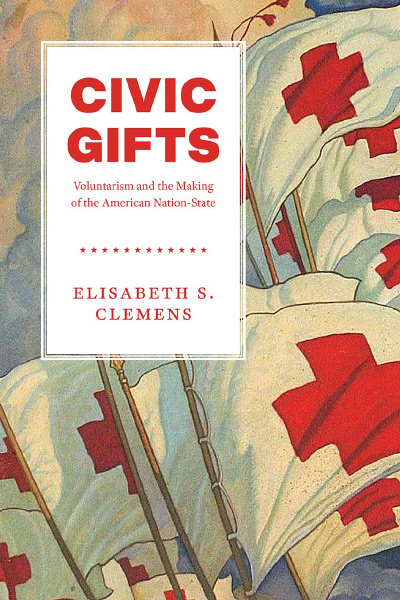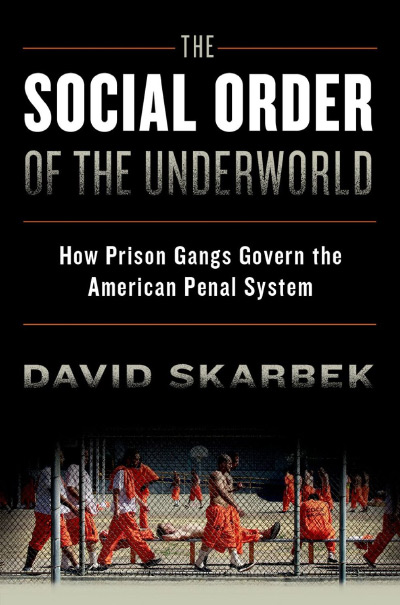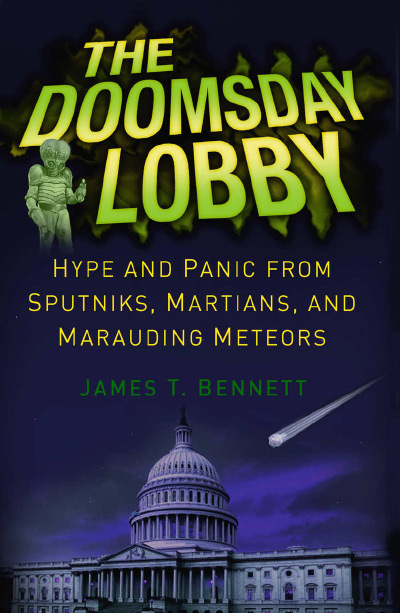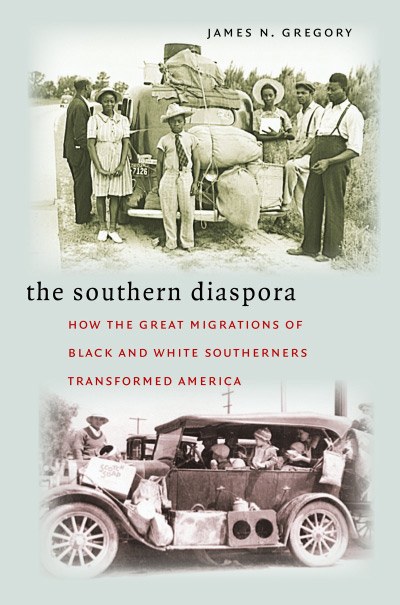In Crime and Politics, Ted Gest chronicles the rapidly expanding but largely ineffective crime-control activities of the U.S. government over the last thirty to forty years. The details he reports regarding the personalities and objectives of many of the key decision makers in Congress and the executive branch demonstrate that he has been a careful observer of the political process for some time. He knows how the system works—or perhaps it would be better to say, how the system does not work, because he clearly documents expensive failure after expensive failure. Gest has no ideological axe to grind. He freely criticizes Democrats and Republicans, liberals and conservatives, as well as interest groups of all persuasions.
Gest’s basic purpose is to show that, at least in the area of crime-control policy, the federal political and bureaucratic process does not work well, and the results are predictably expensive but generally inefficient, largely ineffective (indeed, programs that might prove to be effective tend to get dropped), and loaded with pork. After his introductory chapter, he carries out this purpose by providing a series of case studies, beginning with chapter 2, on the rise and fall of the Law Enforcement Assistance Administration, an inept aid-dispensing agency created during Lyndon Johnson’s administration and killed under Jimmy Carter’s. Next, he examines the “get-tough” trends, such as increasing mandatory sentences, particularly for drug offenses, during the 1980s. This chapter also touches on some other political events of the 1980s, such as the important 1984 crime bill and the creation of the office of “drug czar.” Gest makes the interesting but now long-forgotten point that the prime mover behind the creation of the drug czar was Democratic senator Joseph Biden and that the Reagan administration resisted Biden’s efforts. William Bennett, the first drug czar, so effectively captured the public’s attention that many people now suppose that the office was created by conservative Republicans. This case illustrates a repeated theme of the book. Often the intentions of those in Congress or in the interest groups that manipulate Congress are not achieved because they fail to recognize (or perhaps do not really care about) the actual consequences of what they are doing or because the political appointees or the bureaucracies involved in implementation have their own agendas that overwhelm anything Congress might do by passing laws. Indeed, in the area of crime control, Congress appears to do little more than push on a very expensive string. In this regard, chapter 4 deals with the rapid federalization of criminal law. The escalating numbers and types of crimes that Congress has made federal means that more and more crimes are being shifted to federal investigators, cases to federal prosecutors and federal judges, and punishments to federal prisons. Much of this federalization has been the result of acts of political grandstanding, but the upshot has been significant as the increasing demands placed on federal institutions have forced increases in budgets as well as—perhaps more important, because budgets have not grown as fast as congressional mandates of federal responsibility—substantial crowding and reallocation of federal resources. Perhaps the growing demands on federal agencies is at least in part responsible (more on this later) for the rash of dramatic FBI failures over the last few years (the failure to anticipate the September 11, 2001, terrorist attacks being the most recent, following on the heals of the withholding of thousands of pages of documents in the McVeigh case, the FBI crime-lab scandal, Waco, Ruby Ridge, the discovery that one of its agents had been a Soviet spy for years, and so on), a point that Gest does not forcefully make.
Chapter 5 presents an examination of the abysmal criminal-justice record in dealing with juvenile offenders and the simplistic remedies that come out of the political process (for example, treating juveniles as adults after they have committed a heinous violent act, but failing to deal with juveniles early in their crime careers). Indeed, one of Gest’s strongest points is that the federal-level political remedies for crime are inevitably simplistic and ineffective. Chapter 6 turns to the unwinnable drug war, and chapter 7 focuses on the debate between generally uncompromising extremists over gun control. Chapters 8 and 9 consider two of the most widely discussed policy initiatives of the last decade—Clinton’s one hundred thousand new police officers and “three strikes and you are out”—describing the political activities behind these initiatives as well as the high costs and (at best) modest consequences of their passage. Chapter 10 focuses on the political machinations behind and the consequences of the massive, expensive 1994 crime bill (which dealt with a number of the individual issues considered in previous chapters, such as the one hundred thousand new police officers, harsher sentences, gun-control measures, and so forth).
The concluding chapter turns to potential solutions to crime problems and, in doing so, illustrates much of what is disappointing about this book. Although Gest definitely appreciates many of the serious problems that characterize legislative and bureaucratic processes, he pays relatively little attention to these problems. Instead, he focuses on individuals in the political debates and in the bureaucratic implementation processes, stressing personalities, ideologies, connections, tactics, and so on. However, the fact that the same kinds of political decisions and trends as well as the same types of bureaucratic behavior persisted over the roughly four decades discussed in the book (and during many earlier decades, too, as I note later), through Democratic and Republican administrations alike, suggests that the problems do not spring from the individuals involved. Rather, they are attributable to the political and bureaucratic institutions within which the individuals operate. Certainly, politics and bureaucracies may attract individuals who have certain characteristics, personalities, ideologies, and so on. Nevertheless, no significant changes in criminal-justice policy can occur without dramatic changes in the overall institutional environment and its resulting incentives. (For examinations of criminal justice that stress institutionalized incentives, see Bruce L. Benson, The Enterprise of Law: Justice without the State [San Francisco: Pacific Research Institute, 1990], pp. 43–175, 331–347; David W. Rasmussen and Bruce L. Benson, The Economic Anatomy of a Drug War: Criminal Justice in the Commons [Lanham, Md.: Rowman and Littlefield, 1994], pp. 17–38, 93–206; and Bruce L. Benson, To Serve and Protect: Privatization and Community in Criminal Justice [New York: New York University Press for The Independent Institute, 1998], pp. 50–71, 169–318.)
Although a focus on individuals in the political process can be interesting and even entertaining, it does not provide an adequate grounding for effective policy analysis. As a consequence, chapter 11 tends to parrot what many criminologists and sociologists have suggested would be superior policies if only they could be implemented: (1) community-based anticrime approaches that are often thwarted by free-rider problems or bureaucratic resistance; (2) targeted drug treatment, early intervention with juveniles, and intermediate sanctions—all of which appear to be relatively effective but are never adequately funded by the politicized criminal-justice system; (3) more money for police, courts, prosecutors, and rehabilitation in prisons, even though such budget allocations have been misallocated and wasted throughout criminal-justice history; (4) greater accountability and more money for evaluations of programs, even though none of the political players is likely to be willing to pay for or participate in either; and (5) better media reporting and reduced political rhetoric, both pie-in-the-sky recommendations given the incentives that entice reporters and politicians. Gest provides no useful guidance as to how such policies can ever get through the political and bureaucratic roadblocks that have prevented their widespread implementation for decades, whereas superficial Band-Aids such as three strikes, assault-weapons bans, one hundred thousand new cops (which turns out to be closer to forty thousand, many of them in small towns and rural areas that do not need them nearly as much as the high-crime big cities) continue to receive all of the public attention, and billions of dollars continue to be thrown at pork-barrel projects.
Ted Gest is a journalist, not an academic or a policy researcher. He certainly is not a journalist who simply accepts without question everything government officials tell him. He is obviously skeptical, so he doubts and questions, and he clearly digs deeper into a story than most journalists appear to dig. Nonetheless, he has accepted some claims politicians or police officials have made that deserve to be treated more skeptically (for example, the claim that it was the introduction of crack in the mid-1980s that led to an upsurge in crime and motivated the increased policy focus on drugs; see an alternative explanation in Bruce L. Benson and David W. Rasmussen, “Predatory Public Finance and the Origins of the War on Drugs: 1984–1989,” The Independent Review 1 [fall 1996]: 163–189; and Bruce L. Benson, Iljoong Kim, and David W. Rasmussen, “Deterrence and Public Policy: Tradeoffs in the Allocation of Police Resources,” International Review of Law and Economics 18 [March 1998]: 77–100). Moreover, the presentation is too superficial to justify our drawing any significant policy conclusions; policy researchers and academics will also find it to be very frustrating because of the large number of assertions Gest makes throughout the book that he either does not support at all by references or attributes to interviews with individual politicians and bureaucrats rather than to actual research or data.
Gest occasionally falls into the journalistic practice of hyperbole for effect. Consider the first sentence of the first chapter, “When National Politics Met Crime”: “Barry Goldwater started it.” Clearly, however, Goldwater did not “start it,” as shown throughout the book. Indeed, on the very next page, the author notes that J. Edgar Hoover, head of the FBI, was one of the major players shaping the political environment around the crime issue during the period. Of course, the FBI had been in place for decades, continually attempting to expand and solidify its role as the federal policing agency. The increased federal focus on crime policy that characterized the Johnson administration (allegedly because Goldwater made it an issue) was simply one of several historical episodes in which federal involvement in crime policy ratcheted up. As examples of other such episodes, we might cite the federal focus on opiates and cocaine after passage of the Harrison Narcotics Act of 1914, alcohol prohibition, and the “reefer madness” scare of the 1930s that produced the Marijuana Tax Act. Or we might cite such dramatic crimes as the Lindbergh kidnapping, the infamous bank robberies of the 1930s, and so on. All of this led to expanded federal involvement in crime policy (Gest emphasizes the important role that dramatic crimes have played in stimulating political action over the last four decades), as well as to the creation of the Bureau of Investigation by Teddy Roosevelt to investigate corrupt public-land schemes, of the agency that replaced it (the FBI), and of any of a number of other federal policing agencies (Alcohol, Tobacco, and Firearms; the Drug Enforcement Administration; and so on). Indeed, we could probably go back into the 1800s and consider such events as the Civil War and the demand for “intelligence and investigative services” (provided in large part by Pinkertons, a private firm under contract) or the Sherman Antitrust Act, which made certain anticompetitive actions criminal. So Goldwater clearly did not “start it.” Furthermore, the same kinds of misleading (if not false) information spread by interest groups (including criminal-justice bureaucracies—consider the claims made by Treasury Department bureaucrats to justify the Marijuana Tax Act), as well as all the political “solutions” that made good sound bites but rarely solved any problem, the bureaucratic rigidities, the infighting, the turf wars (Hoover’s FBI was notoriously protective of its turf), and the scandals that Gest describes in his case studies also characterized earlier federal inroads into crime policy. My main point: the policymaking and bureaucratic behavior that have produced such an abysmal record of federal crime control over the last four decades have been going on for a century. The FBI’s forerunner, the Bureau of Investigation, faced its first major scandal in 1924, when Interior Secretary Albert Fall attempted to use it to frame Senator Burton K. Wheeler of Montana.
Real improvements in crime policy and crime control are not going to come from news reports about such scandalous failures or from books such as Gest’s, no matter how effective these reports and books may be at uncovering scandals, political manipulations in pursuit of the interest-group support, inefficiencies, waste, and pork barrels full of money (and in this regard Gest is very effective). Genuine change requires fundamental institutional changes that will alter the incentives of politicians, bureaucrats, and, ultimately, those who consider the commission of a crime.
| Other Independent Review articles by Bruce L. Benson | ||
| Winter 2014/15 | The New Scarlett Letter?: Negotiating the U.S. Labor Market with a Criminal Record | |
| Fall 2014 | Let’s Focus on Victim Justice, Not Criminal Justice | |
| Winter 2007/08 | The Evolution of Eminent Domain: Market Failure or an Effort to Limit Government Power and Government Failure? | |
| [View All (7)] | ||

















